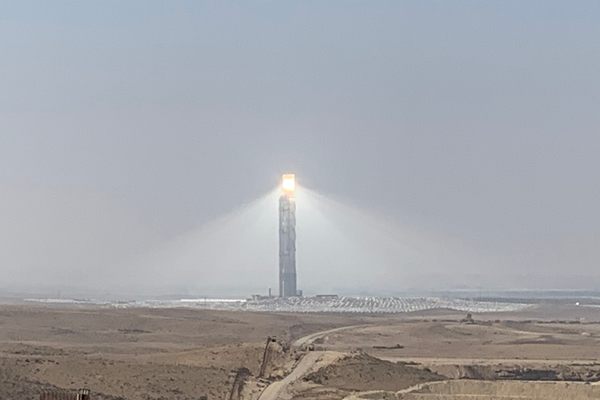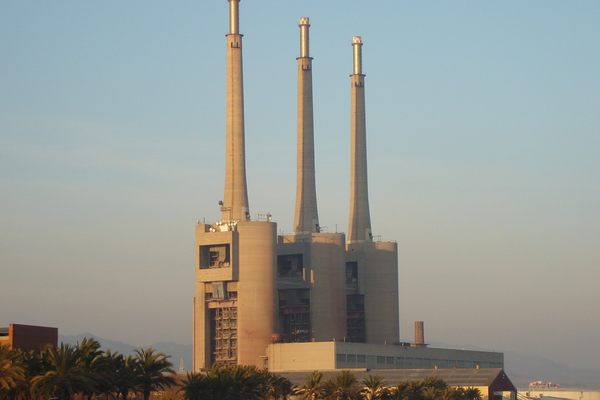About
At first glance, many people assume the large cooling tower on the western side of the city is for a nuclear power plant. Although no longer operational, the cooling tower actually served a coal-fired power plant, and was the first major source of electrical power for the then-budding city of Lusaka, soon to be designated Zambia's (then Northern Rhodesia's) capital.
The city of Lusaka was established in 1905 and named after the headman of the village where it was founded. By the early 1930s, the British authorities were looking to move the capital of Northern Rhodesia away from Livingstone, and Lusaka was a natural choice due to its central location and proximity to the railroads.
Moving the capital to Lusaka meant the area needed a power station. The location of the power station was chosen for its easy access to the railroads (and therefore coal supply), the burgeoning industrial area, and the prevailing winds, which carried smoke and soot away from the plant.
The power plant began operating in 1934. It was the first major power plant in Lusaka and the second in Zambia, after the power plant constructed in Ndola to support the copper mines.
Today, over 90 percent of Zambia's electricity is from hydroelectric power. The cooling tower and power plant ceased operation in 1970 and has not been used for power generation since. The cooling tower remains a looming landmark over the skyline of Lusaka, and stands as a representative of the engineering heritage in Zambia.
Related Tags
Know Before You Go
The cooling tower is located on the grounds of ZESCO's headquarters and cannot be accessed by the public. However, it can be seen from afar from a variety of locations. It stands directly behind the Levy Junction Shopping Mall.
Community Contributors
Added By
Published
September 20, 2018

























